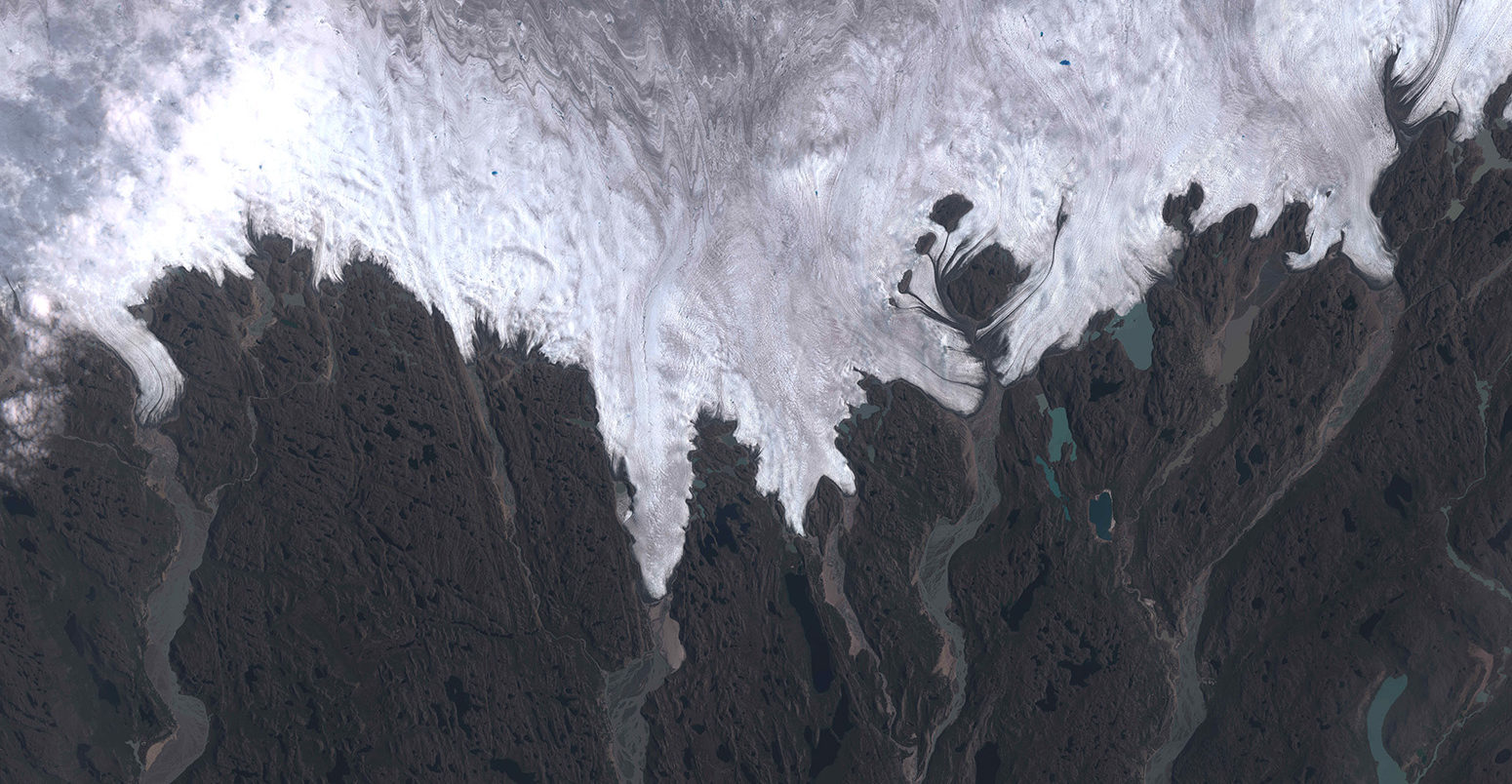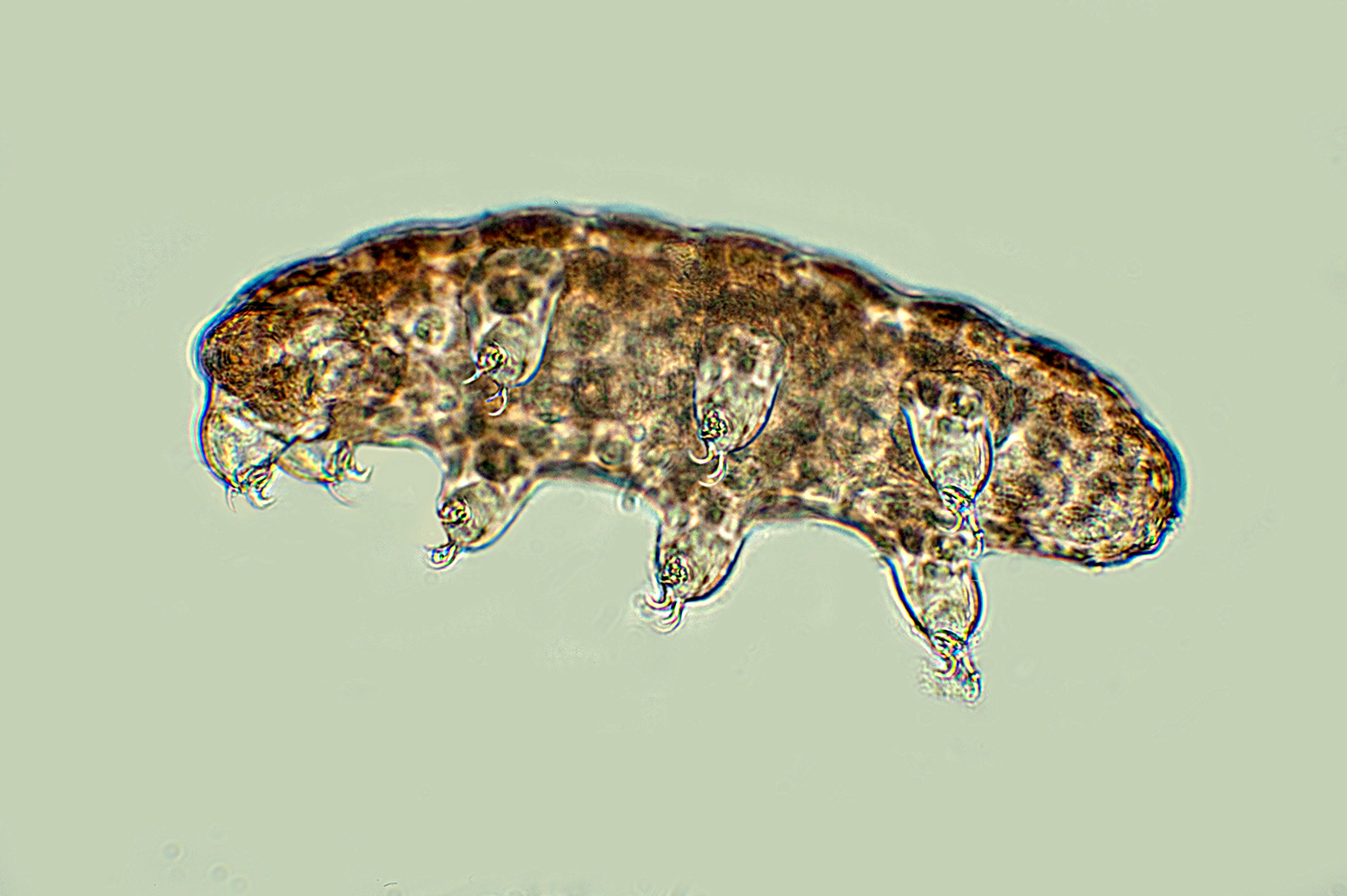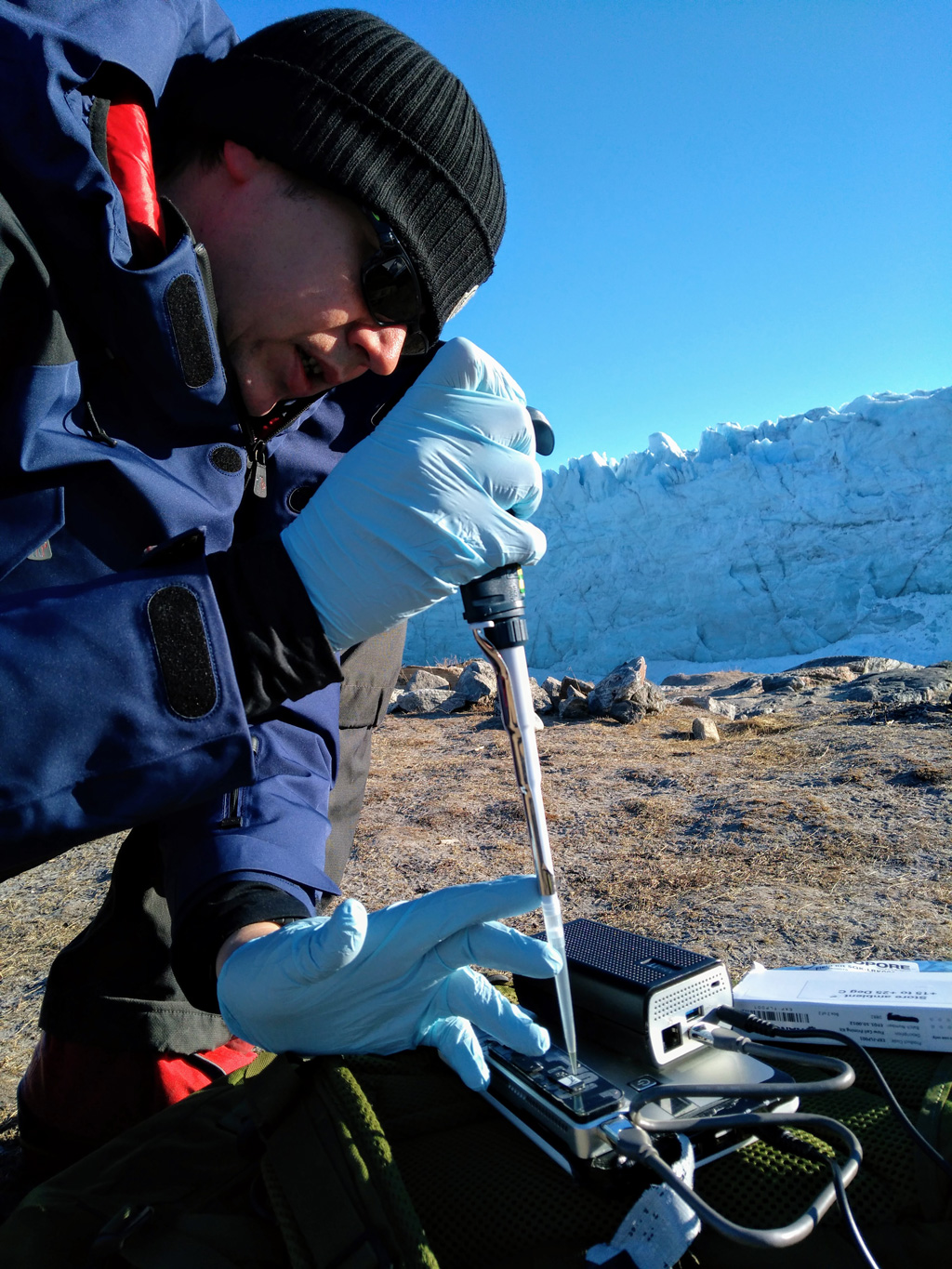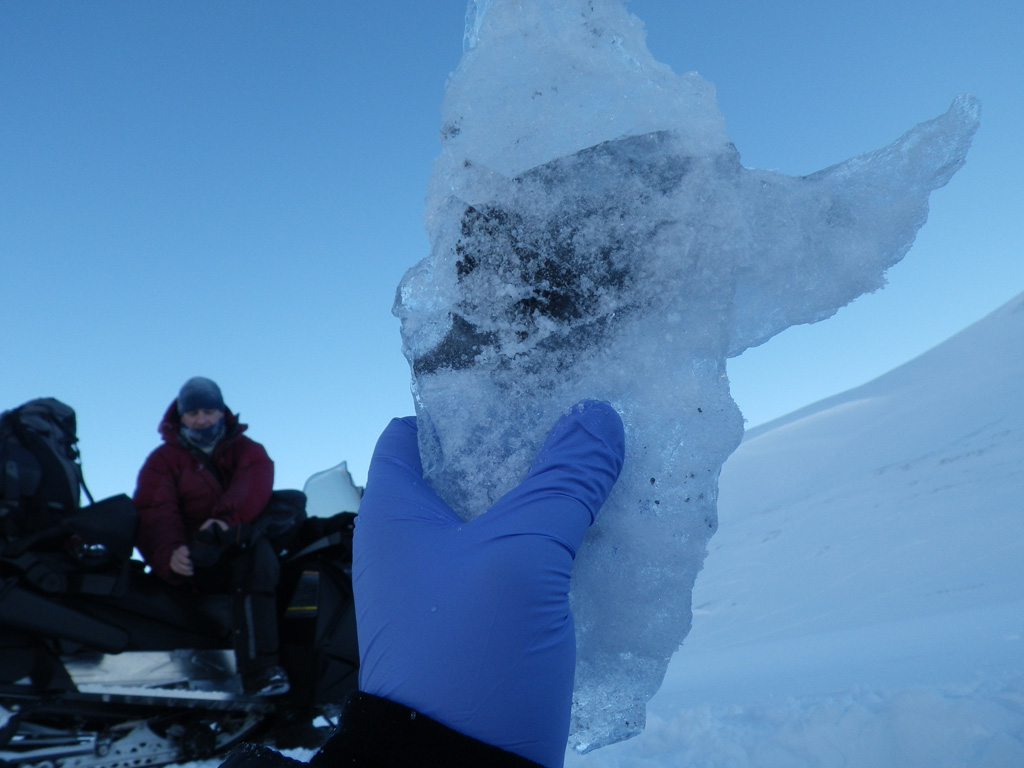
Guest post: Is ‘glacier carbon’ good or bad for the climate?
Multiple Authors
12.13.18Multiple Authors
13.12.2018 | 10:54amDr Arwyn Edwards is a senior lecturer in biology from the University of Aberystwyth and Dr Joe Cook is a postdoctoral researcher in glaciology from the University of Sheffield.
Our warming planet is losing its glaciers and ice sheets. Water from melting glaciers trickles into the sea while faster-flowing glaciers are delivering more icebergs, raising global sea levels.
While large icebergs calving into the oceans and the shrinkage of continent-sized ice sheets are dramatic symbols of cryospheric change – they are, in part, controlled by processes operating at the very smallest scales: the scale of individual molecules and microbes.
In this article, we explore one aspect of this remarkable cross-scale linkage: the role of “glacier carbon”. This type of carbon is created by a large community of photosynthetic microbes that draw CO2 down from the atmosphere and store it on the ice surface.
While the activity of these microbes may benefit the climate by removing CO2 from the atmosphere, the dark appearance of glacier carbon causes it to absorb large amounts of sunlight. This, in turn, causes the surrounding ice to melt at a faster rate.
In our research based in the Arctic, we are using a host of techniques – ranging from satellite data collection to real-time genetic sequencing – to try to shed light on whether glacier carbon could be a help or a hindrance to global efforts to tackle climate change.
Frozen communities
Glaciers are not made of ice alone. Ice is a habitat that supports an abundant and active microbial community.
Each individual member of this community is invisibly small. The largest creatures in the glacial food web are the tardigrades, which measure just 0.5mm long.

Microscopic image of a Tardigrade water phylum, showing all eight legs. Credit: Papilio / Alamy Stock Photo.
Together, glacier communities make up the world’s largest freshwater ecosystem – with 70% of all of the Earth’s freshwater locked up in glaciers.
Despite their dominance, little is known about the role that these communities play in accumulating and storing carbon.
Research released in 2009 estimated that, each year, the world’s glacial microbes increase their store of carbon by 64m tonnes. (Roughly, this is enough to cancel out North Korea’s emissions in 2014.)
But this store of carbon comes with a “dark side”. When microbes draw down CO2, they grow and divide, leading to increased biomass on the ice surface.
This accumulation of organic matter on the ice surface is very dark in colour and, therefore, quickly absorbs sunlight, transferring the excess energy into the ice as heat. Our research suggests that it is possible that this process has a warming effect that could oppose any mitigation benefits made by CO2 drawdown by bacteria.
Decoding the ice
To understand the balance between carbon storage and melt impacts, we have been using technologies that are not normally associated with traditional glaciology or microbiology.
First, we need to understand how microbes efficiently absorb CO2 on ice. Our recent work shows that “swarms” of microbes migrate over the surface of the Greenland Ice Sheet.
Modern techniques of satellite image analysis, feature tracking, machine learning and big data analysis will enable us to update our carbon storage estimates based on remote observations of the activities of millions of microbes, rather than a few isolated samples.
At the same time as scaling up to the landscape scale using remote sensing, we are scaling down to the molecular level using genomics (the study of genomes: the entire DNA sequence of an organism). We’re bringing genomics to the ice to reveal the genomes and molecular pathways which drive carbon sequestration and ice darkening.
To do this, we use portable DNA sequencing with USB-powered genome sequencers driven by battery-powered mini-supercomputers and controlled from our mobile phones.

Analysing the genomes of Greenland bacteria with an USB-driven nanopore DNA sequencer and a mini-supercomputer. Credit: Melanie Hay
Bridging these technological divides is edging the science towards mapping molecules from the sky, and deep understanding of the connections between life, ice, carbon and climate.
Furthermore, there are truly unexplored areas of the cryosphere that hold vital information about life on ice. So far, studies of life on ice have focused on the summer melt season, but we are venturing into the dark.
It is difficult to imagine how life might survive, deep frozen in the darkness of polar night, but freezing does not totally quench microbial activity in the Arctic.
With the award of a Royal Geographical Society Walters Kundert Arctic fellowship, Arwyn is able to gather data which are challenging earlier assumptions.
Working in 24-hour darkness on Arctic islands where polar bears outnumber humans, we have sampled microbial habitats in the depths of Svalbard’s winter. Ironically, during sampling in December 2017 the temperatures experienced by the microbes and the scientists in the High Arctic were warmer than those in the UK.
The increased frequency, intensity and duration of episodic above-zero temperatures in the High Arctic winter raise the prospect of a “bleakest midwinter” for delicate glacial ecosystems. Understanding the seasonality of glacial carbon cycling is therefore urgent.

Deep-frozen glacial carbon excavated from beneath snow in the “light winter” of Svalbard as part of the Royal Geographic Society Walters Kundert project. Credit: A Edwards
Conserving the cryosphere
And it is in this work at the frontiers of science, technology and exploration that we are discovering that weighing the “good” of carbon sequestration against “the bad” of ice darkening is an oversimplification.
Glacier surfaces are home to hundreds, if not thousands of microbial species. Many of these are poorly known to science. Some may prove useful for discovering new antibiotics or low-energy technologies.
Carbon and nutrient cycling by glacial microbes helps deliver resources to support soil development in the lands released by glacial retreat, or the productive coastal waters fed by glacial melt.
Integrating the ecology of glaciers within the Earth system is therefore providing new insights to present, past and the future of life on Earth. Re-evaluating glaciers as ecosystems should provide additional impetus to their conservation – since otherwise we risk discovering their life only as we watch them die.

